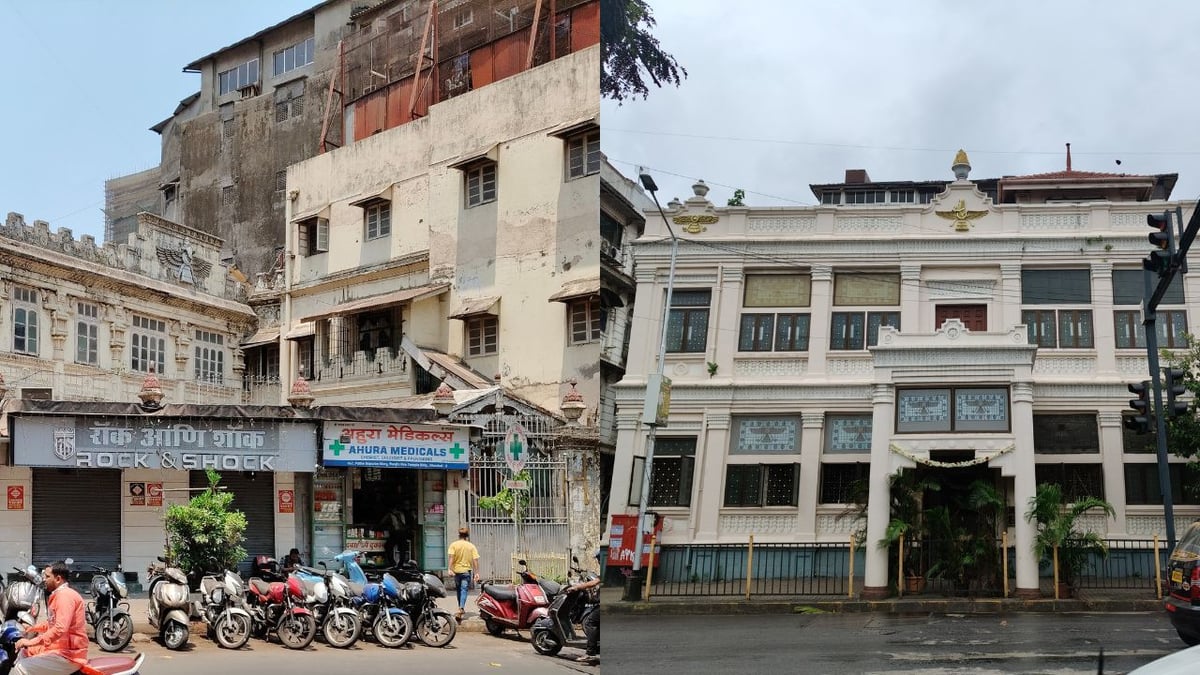After the municipal corporation banned the immersion of ashes from the holy fires at Parsi-Zoroastrian temples in the sea, special pits were created near the Tower of Silence cemetery to bury the ashes.
The Bombay Parsi Punchayet (BPP), an apex community trust, has announced the creation of special pits outside Doongerwadi, as the cemetery is called, to bury the ashes.
Zoroastrian shrines have a consecrated fire as the centre of worship in their sanctum. The fires, which are created after elaborate rituals, burn perpetually. Sandalwood and baval wood sticks – usually in a ratio of 1:10 – are used to keep the holy fire burning.
“Pits have been created to help fire temples because not everybody has a place to dispose of the ashes,” said Viraf Mehta, BPP chairman who added that the idea came from fellow trustee Mahrukh Noble.
Dr Ramiyar Karanjia, principal of the Dadar Athornan Institute, established in 1919 to provide religious as well as secular education to children of the priestly class, said that fire temples with large compounds usually buried the ashes from the holy fires, called rakhia, in their gardens or had it strewn under trees. “However, small temples that have no compounds had a problem. This is sacred ash. These temples collected the ashes and periodically carried them in a boat to dispose of them in the deep sea. Now that this practice has been banned, the BPP has come up with a solution,” said Karanjia.
Karanjia added that an average fire temple generates 20 to 25 kilogrammes of ash annually. Mumbai has around 50 fire temples, ranging from the highest grade Atash Behrams and lower grade Dadgahs.
In a statement, the BPP said it has been a long practice to consign the rakhia to the sea. “Unfortunately, the same has been stopped by the municipal authorities,” the trust said, adding that fire temples can bring the ashes periodically.
